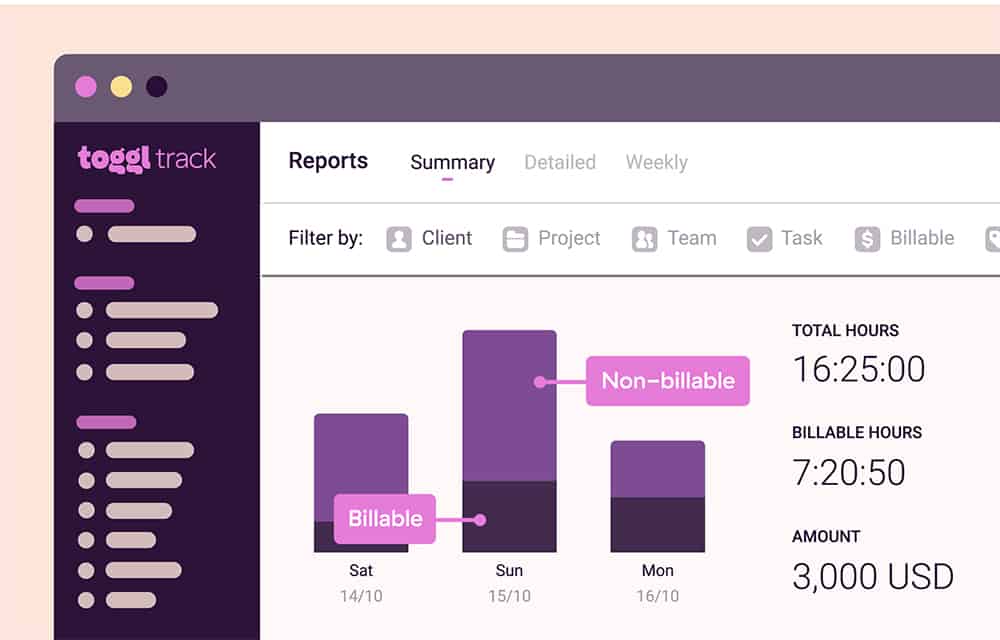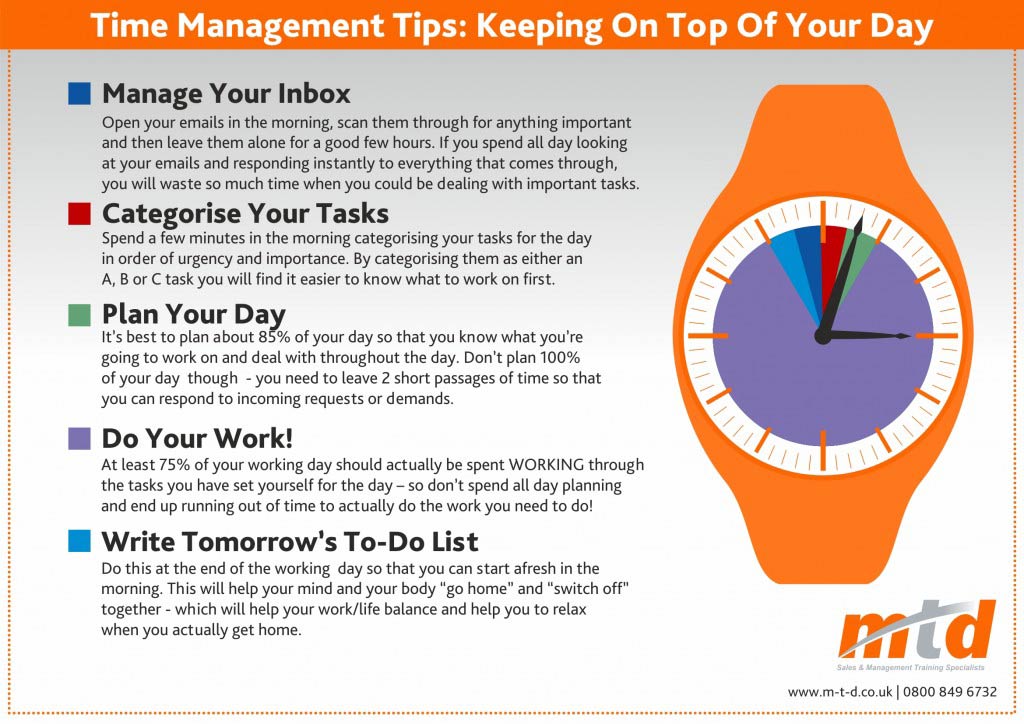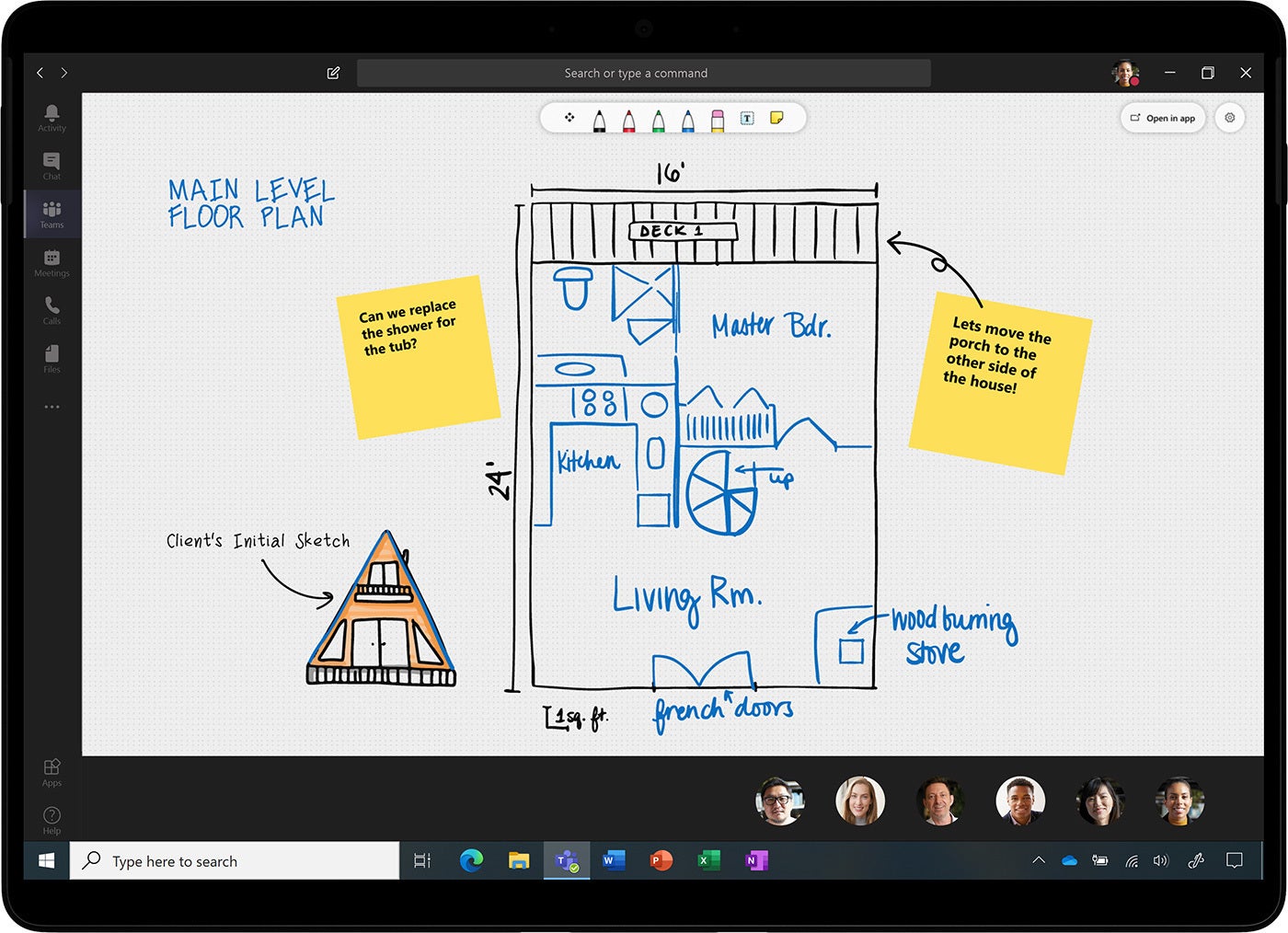Mastering the Art of Time Management for Entrepreneurs
Effective time management is crucial for startups to succeed in today’s fast-paced business environment. Entrepreneurs often wear multiple hats, juggling tasks such as product development, marketing, and finance. However, poor time management can lead to decreased productivity, increased stress, and a higher risk of burnout. This is where startup time management tools come into play. By leveraging the right tools and strategies, entrepreneurs can optimize their workflow, prioritize tasks, and make the most of their time. In fact, a study by McKinsey found that companies that adopt effective time management practices can increase productivity by up to 30%. With the right tools and techniques, startups can streamline their operations, reduce waste, and achieve their goals more efficiently.
How to Streamline Your Workflow with Trello and Asana
Trello and Asana are two popular project management tools that can help startups streamline their workflow and improve productivity. Both tools offer a range of features that enable teams to prioritize tasks, assign responsibilities, and track progress. With Trello, teams can create boards, lists, and cards to organize tasks and projects, while Asana provides a more structured approach with workflows and deadlines. By using these tools, startups can reduce the time spent on manual task management and focus on more strategic and creative work. For example, a startup can use Trello to manage its content calendar, while using Asana to track the progress of its marketing campaigns. By integrating these tools into their workflow, startups can achieve a more efficient and effective use of time, which is essential for success in today’s fast-paced business environment.
Time Tracking and Invoicing Made Easy with Harvest and Toggl
Accurate time tracking and invoicing are crucial for startups to manage their finances effectively. Harvest and Toggl are two popular time tracking and invoicing tools that can help startups streamline their financial management. Harvest offers a simple and intuitive interface for tracking time spent on projects, while Toggl provides a more detailed breakdown of time spent on tasks. Both tools also offer invoicing features, enabling startups to generate professional-looking invoices and track payments. By using these tools, startups can reduce the time spent on manual time tracking and invoicing, and focus on more strategic and creative work. For example, a startup can use Harvest to track time spent on client projects, and then use the data to generate invoices and track payments. This can help startups to better manage their cash flow and make more informed financial decisions.
Staying Focused with Website Blockers and Distraction-Free Tools
Minimizing distractions is crucial for startups to stay focused on their goals. With the constant stream of notifications, social media updates, and email alerts, it’s easy to get sidetracked and lose productivity. Website blockers and distraction-free tools can help startups stay on track by blocking access to non-essential websites and apps. Freedom, SelfControl, and StayFocusd are three popular tools that can help startups block distracting websites and stay focused on their work. Freedom, for example, allows users to block distracting websites and apps across all their devices, while SelfControl blocks distracting websites and emails on Mac computers. StayFocusd, on the other hand, is a Chrome extension that blocks distracting websites and sets time limits on browsing. By using these tools, startups can reduce the time spent on non-essential activities and stay focused on their goals, leading to increased productivity and better time management.
Effective Meeting Management with Calendly and ScheduleOnce
Scheduling meetings and appointments can be a time-consuming task for startups, especially when it involves back-and-forth emailing to find a mutually convenient time. Calendly and ScheduleOnce are two tools that can help startups streamline their meeting management process, saving time and increasing productivity. Calendly allows users to share their availability with others, who can then schedule meetings at a time that suits them. ScheduleOnce, on the other hand, enables users to schedule meetings with multiple attendees, eliminating the need for lengthy email exchanges. By using these tools, startups can reduce the time spent on meeting scheduling, and focus on more strategic and creative work. For example, a startup can use Calendly to schedule meetings with clients, while using ScheduleOnce to coordinate team meetings. This can help startups to better manage their time, and make the most of their meetings.
Automating Repetitive Tasks with Zapier and IFTTT
Repetitive tasks can be a significant time drain for startups, taking away from more strategic and creative work. Zapier and IFTTT are two tools that can help startups automate repetitive tasks, freeing up time for more important activities. Zapier allows users to connect different apps and services, automating tasks such as data entry, email marketing, and social media posting. IFTTT, on the other hand, enables users to create customized recipes that automate tasks based on specific triggers and actions. By using these tools, startups can streamline their workflow, reduce manual errors, and increase productivity. For example, a startup can use Zapier to automate the process of sending welcome emails to new customers, while using IFTTT to automate the process of posting social media updates. This can help startups to save time, reduce stress, and focus on more high-value activities.
Enhancing Team Collaboration with Slack and Microsoft Teams
Effective team collaboration is crucial for startups to achieve their goals. Slack and Microsoft Teams are two popular team collaboration tools that can help startups improve communication, reduce email clutter, and increase productivity. Slack offers a range of features such as channels, direct messaging, and file sharing, while Microsoft Teams provides a more integrated experience with Microsoft Office 365. By using these tools, startups can streamline their communication, reduce misunderstandings, and increase collaboration. For example, a startup can use Slack to create channels for different projects, while using Microsoft Teams to integrate with their existing Microsoft Office 365 tools. This can help startups to improve their team collaboration, reduce errors, and increase productivity. Additionally, these tools can also help startups to create a customized time management system by integrating with other startup time management tools, such as Trello and Asana.
Putting it All Together: Creating a Customized Time Management System
By now, startups have been introduced to a variety of essential tools for managing time effectively. However, the key to maximizing productivity lies in creating a customized time management system that integrates these tools seamlessly. This involves identifying specific pain points, setting clear goals, and selecting the right tools to address these challenges.
A well-designed time management system should prioritize tasks, streamline workflows, and minimize distractions. Startups can achieve this by combining tools like Trello and Asana for project management, Harvest and Toggl for time tracking and invoicing, and Freedom and SelfControl for minimizing distractions. Additionally, automating repetitive tasks with Zapier and IFTTT can free up time for more strategic work.
Effective meeting management is also crucial, and tools like Calendly and ScheduleOnce can help reduce the time spent on back-and-forth emailing. Furthermore, team collaboration tools like Slack and Microsoft Teams can improve communication, reduce email clutter, and increase productivity.
To create a customized time management system, startups should follow these steps:
1. Identify specific pain points and challenges in the current workflow.
2. Set clear goals and objectives for the time management system.
3. Select the right tools to address these challenges and achieve the set goals.
4. Integrate these tools seamlessly to create a cohesive system.
5. Continuously monitor and evaluate the system’s effectiveness, making adjustments as needed.
By following these steps, startups can create a customized time management system that leverages the power of startup time management tools to boost productivity, reduce stress, and drive success. Remember, the key to effective time management is to find a system that works for your unique needs and workflow, and to continuously adapt and improve it over time.







